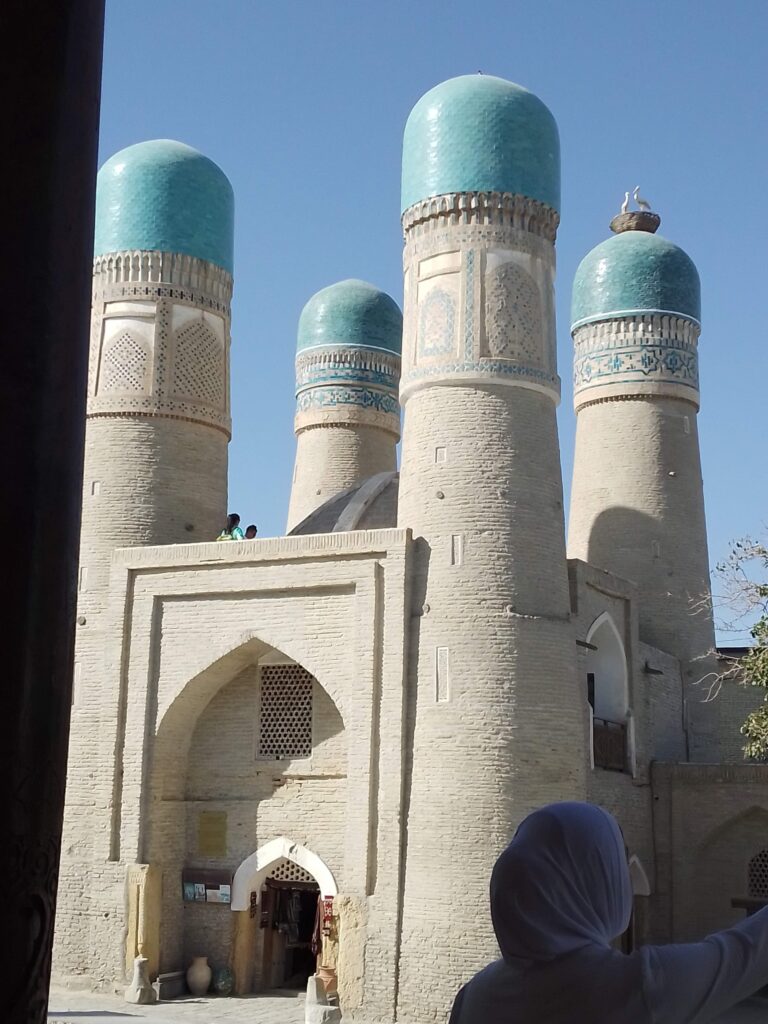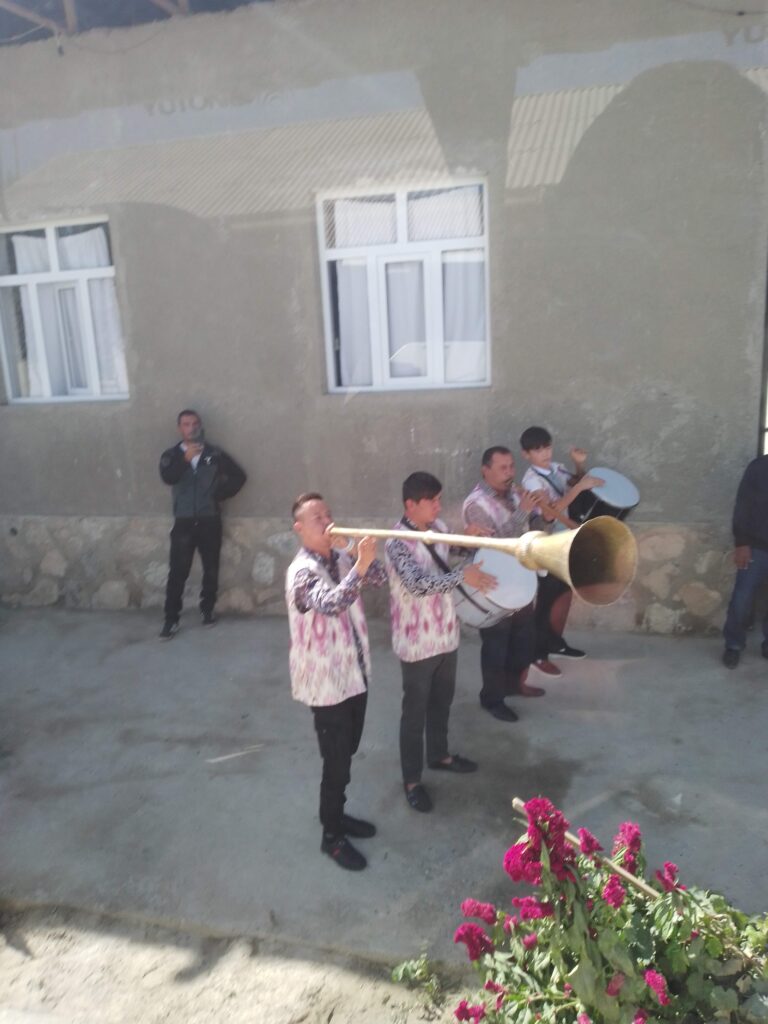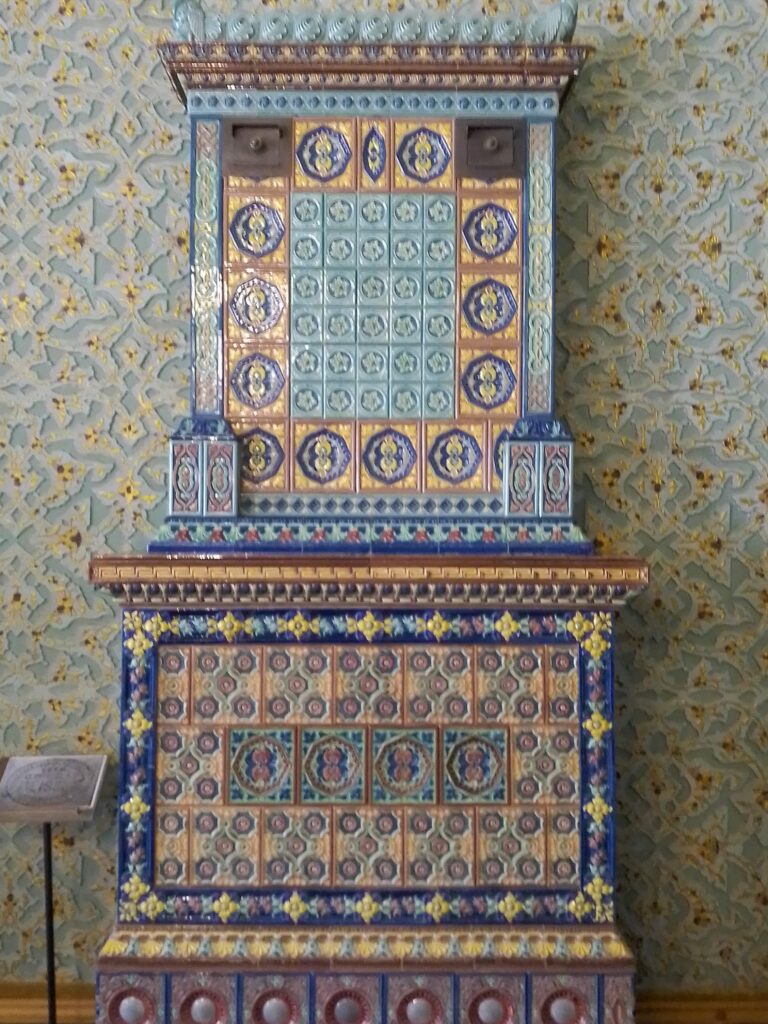I just returned from a 15-person tour to the former USSR republic of Uzbekistan. We went to retrace the steps of a group of Mennonites who lived there from 1880-1935, seeking exemption from military service and some also influenced by preacher Claas Epp. I personally was delighted to explore a new Muslim context and so enjoyed the beautiful turquoise domes and mosaic tiles.
The group of 138 families travelled by wagon train. The suffering and death of the original trekkers in this harsh climate was great. At the village of Sarabulak, the village imam had opened the mosque for them to spend the winter in. They worshipped, were baptized, and married in that place during 1881 -82 It was confirmed that two of my husband’s ancestors had a double wedding in that mosque. We as a tour were welcomed by traditional playing of horns and feasted for the day. Our host’s grandfather had supplied a goat for that wedding.
From there the original trekkers had to cross the desert and dismantled their wagons onto over 400 camels. When the desert stopped at the Amu Darya rivers’ edge, their possessions were loaded onto 50 huge kulak flat boats. After a difficult season beyond the river, some including Loren’s ancestors, immigrated to America in 1884. Eventually a Muslim Khan gave them his brother’s summer garden, 50 acres, to call home. a community thrived, from 1884-1936, contributing positively in their village and working constructively for the Khan. We saw the beautiful doors and floors they had built, and the mosaic tile furnaces they had repaired for the Khan.
They built a whitewashed church that the locals called a mosque, thus the title of the book by Sofia Samatar: White Mosque. They imported generators for the Khan from Germany and sold produce regularly in the Bazaar, introducing some major new vegetables to the local diet. One Mennonite leader Wilhelm Penner trained the first Uzbeck photographer, Khudaibergen Devanov. Many died in Tajikistan when deported there by the Russians in 1936. But today a Mennonite Museum in Khiva Uzbekistan, popular with tourists, holds many artifacts, lists the residents and remembers the warm relationships in that community.
– Donna Entz, 2023 Silk Road Odyssey: The Trek to Central Asia





